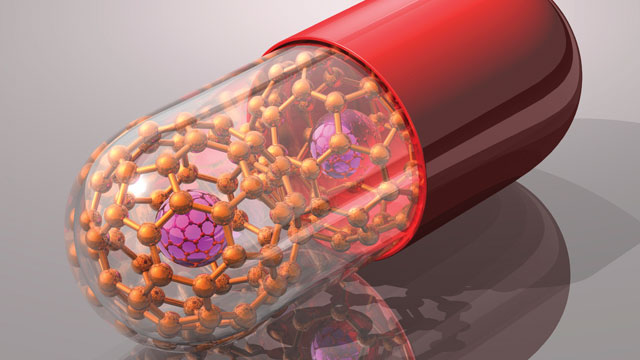Nanotechnology in medicine: Targeted drug delivery and tissue engineering

Nanotechnology has emerged as a powerful tool in the field of medicine, offering unprecedented capabilities for targeted drug delivery and tissue engineering. At the nanoscale, materials exhibit unique properties that can be harnessed to develop innovative medical treatments and therapies. By engineering nanoparticles and nanomaterials with precise control over their size, shape, and surface properties, researchers are revolutionizing the way we diagnose and treat diseases, as well as repair and regenerate damaged tissues in the body.
One of the most promising applications of nanotechnology in medicine is targeted drug delivery. Traditional drug delivery methods often suffer from limitations such as poor solubility, low bioavailability, and off-target effects. Nanoparticles provide a solution to these challenges by serving as carriers for therapeutic agents, such as drugs or genes, and delivering them directly to the site of action within the body.
Nanoparticle-based drug delivery systems offer several advantages over conventional drug delivery methods. Their small size allows them to penetrate biological barriers, such as cell membranes and the blood-brain barrier, enabling targeted delivery to specific tissues or cells. Furthermore, nanoparticles can be engineered to release their cargo in response to external stimuli, such as changes in pH, temperature, or light, thereby enhancing the precision and control of drug release.
In cancer therapy, for example, nanotechnology holds great promise for improving the efficacy and safety of chemotherapy drugs. Nanoparticle-based drug delivery systems can selectively target cancer cells while sparing healthy tissues, minimizing side effects and improving patient outcomes. Additionally, nanoparticles can be functionalized with targeting ligands that recognize and bind to specific receptors on cancer cells, further enhancing their specificity and efficacy.
Beyond targeted drug delivery, nanotechnology is also revolutionizing tissue engineering and regenerative medicine. By engineering nanomaterials with properties that mimic the extracellular matrix, researchers can create scaffolds that support cell growth, differentiation, and tissue regeneration. These nanomaterials provide a three-dimensional framework for cells to adhere to and organize into functional tissues, making them invaluable for repairing damaged organs and tissues in the body.
For instance, nanofiber scaffolds composed of biodegradable polymers can be used to regenerate skin, bone, cartilage, and nerve tissue. By controlling the architecture and composition of these scaffolds at the nanoscale, researchers can tailor their mechanical properties, porosity, and degradation kinetics to match the specific requirements of different tissue types. Furthermore, nanotechnology enables the incorporation of bioactive molecules, such as growth factors and cytokines, into the scaffolds to stimulate tissue regeneration and accelerate healing processes.
Nanotechnology holds immense potential for transforming medicine by enabling targeted drug delivery and tissue engineering. By harnessing the unique properties of nanoparticles and nanomaterials, researchers are developing innovative therapies and regenerative treatments that promise to revolutionize the way we diagnose, treat, and ultimately cure diseases. As nanotechnology continues to advance, we can expect to see even greater breakthroughs in personalized medicine, regenerative therapies, and disease prevention, ultimately improving the quality of life for patients worldwide.



